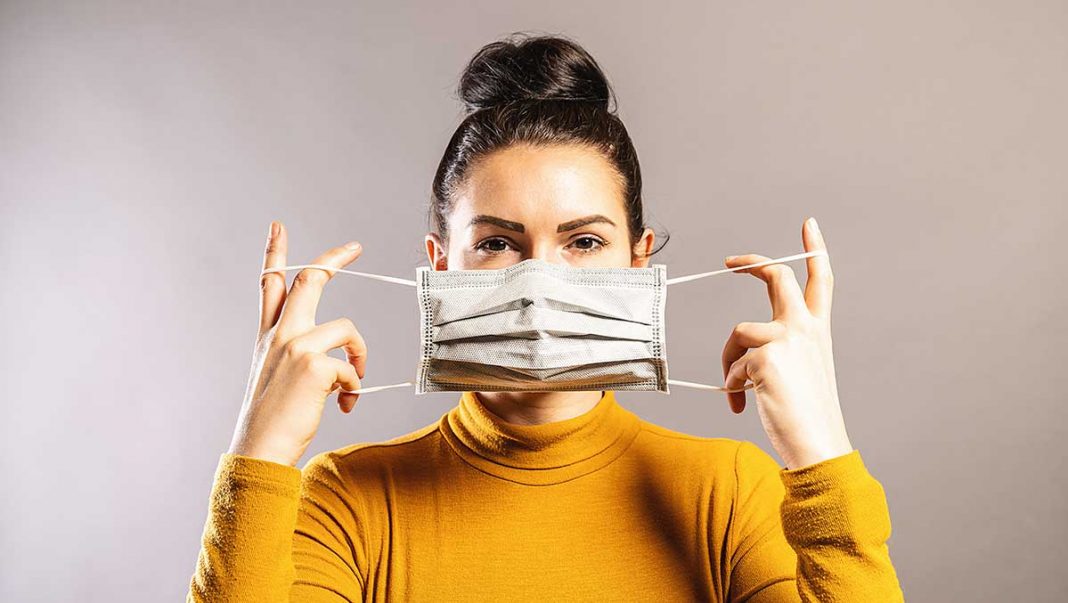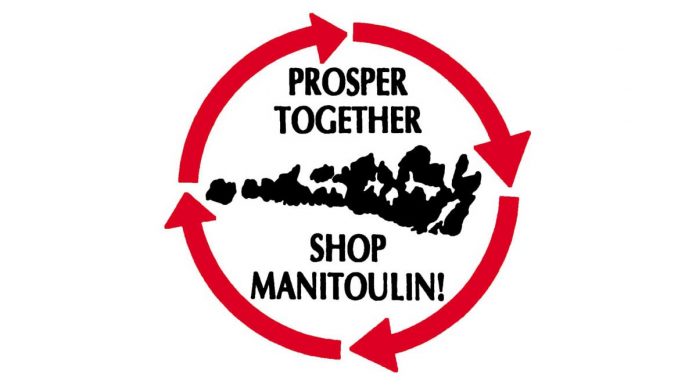How times change. One moment it seems that wearing masks in public is not only no proof against the COVID-19 virus and the next our medical health advisors are urging us to don mouth and nose coverings any time we are unable to physically distance ourselves from others. But that is the nature of novel pandemics; as we learn more about the situation we find ourselves in, the more we discover the best practices for dealing with them.
Canadians’ reactions to wearing masks have certainly changed dramatically since the beginning of the pandemic and today a significant majority of Canadians, in urban settings at least, are not only willing to tolerate the wearing of masks in public, most are actually engaged in the practice. By any measure, this is a good thing.
But many of us are still uncomfortable, with an unfortunate propensity to stare at the mask wearers. Some, albeit a decided and thankfully tiny minority, actively object to the wearing of masks in public and react poorly and vocally. The most likely reason for this is that the masks make us acutely aware of our own vulnerability and we would much rather bury our heads in denial. Wearing masks, particularly when there have been few to any cases of the virus discovered across Manitoulin communities, might seem like an unnecassary overkill—but it is not. As the evidence comes in from communities across the globe who are ahead of us on the pandemic curve it is becoming clearer with each passing day that masks are an important armour against the spread of this virus for which we have no natural defence. It is slowly dawning that a key element in the low number of cases in many Asian countries is that those regions have long accepted the wearing of masks, particularly in densely populated areas and on heavily packed public transit systems. That evident is simple—masks work.
The curious factor in all of this is that masks work to protect those around us and there is little to no evidence that masks are efficacious in protecting the wearer, albeit many wearers may have a false sense of security. That was one of the key factors in the early refusal by public health officials to recommend wearing masks—they simply didn’t want people getting too close to thinking they were safe—a counterintuitive example might be “don’t wear a life preserver because you will be tempted to lean too far over the side of the boat.”
As the restrictions of the pandemic are loosened, masks could well play a critical role in helping to blunt the impact of the oft-predicted “second wave,” but only if enough of the population gets past the discomfort (physical and mental) of wearing them.
In a region that is historically popular as a summer getaway and will experience a heavy influx of summer residents and other travellers as the pandemic restrictions continue to lift, masks can play an important role in providing another layer of physical distance that the virus must vault across in order to infect.
Kudos to those political leaders who have been willing to stand tall while covering up their biggest political asset, those vote-winning smiles, to provide an example for the public to follow.
So, if you see someone out and about wearing a face mask this season, just nod and smile and perhaps venture to say “hello neighbour, thank you for helping to keep me safe,” hopefully through your own layers of fabric.
Let’s make this wearing of masks a new fashion statement and bring on the hawberry motif.





